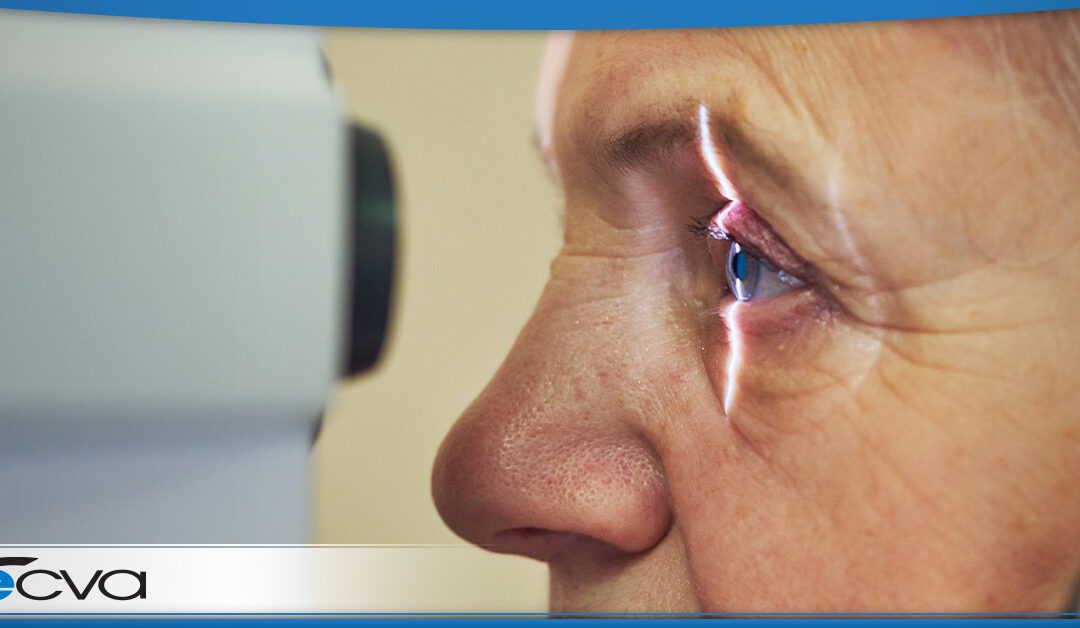Both cataracts and glaucoma can rob a person of their vision, and the conditions can occur concurrently. For patients with cataracts and glaucoma, combined cataract and glaucoma surgery is often enticing. During the procedure, your eye care provider addresses both conditions during the surgical procedure, and there are several benefits to the approach.
If you’re wondering whether combined cataract and glaucoma surgery is the best choice for you and want to know more about what to expect from the procedure, here’s what you need to know.
The Benefits of Combined Cataract and Glaucoma Surgery
Combining cataract and glaucoma surgery often significantly improves overall vision quality. The removal of the cloudy lens during cataract surgery, coupled with glaucoma management, enhances visual clarity and sharpness, which makes handling everyday tasks and work activities easier.
Additionally, a key advantage of opting for combined surgery is patients usually experience a streamlined recovery process. There’s one recovery period instead of two, reducing overall downtime dramatically when compared to having two separate surgeries.
Finally, combining cataract and glaucoma surgeries is typically more cost-effective than doing procedures separately. Patients often save on total facility fees and other expenses when performing both surgeries at the same time, allowing them to reduce the overall cost of treatment.
What to Expect from Combined Cataract and Glaucoma Surgery
If you’re considering combined cataract and glaucoma surgery, the first step is typically a comprehensive exam. That allows your eye care provider to evaluate the state of both conditions, confirm you’re a suitable candidate for the procedures, and develop an appropriate treatment plan prior to surgery.
Once the plan is in place, your eye care provider will discuss what occurs during the cataract removal and glaucoma treatment. For the latter, this usually involves explaining the chosen minimally invasive glaucoma surgery (MIGS) selected or an overview of the available options if more than one MIGS is reasonable.
During the conversation, your eye care provider will also review the benefits and risks of the combined surgery. The goal is to ensure you’re well-informed, allowing you to decide your best choice is moving forward.
Once it’s time for your surgery, sedation and local anesthetic are administered to keep you relaxed and to numb the eye. That ensures your comfort during the surgery and can make general anesthesia unnecessary, which reduces overall risk.
After the surgery, you’ll need to follow the post-surgical recovery plan created and outlined by your provider to support optimal healing. This can include taking specific prescription medications, avoiding strenuous activity, and more, as well as attending scheduled follow-up appointments.
Are You a Candidate for Combined Cataract and Glaucoma Surgery?
If you’re interested in combined cataract and glaucoma surgery and want to find out if you’re a suitable candidate, you’ll need to start the process by making an appointment with your eye care provider. Then, they can determine if the procedure is a good treatment choice.
WNY Best Eye Surgeons
If you’re considering combined cataract and glaucoma surgery, our experienced team is here to provide guidance. Explore the possibilities and take a step towards clearer vision by scheduling an appointment at one of our four convenient ECVA clinic locations in the WNY region.

